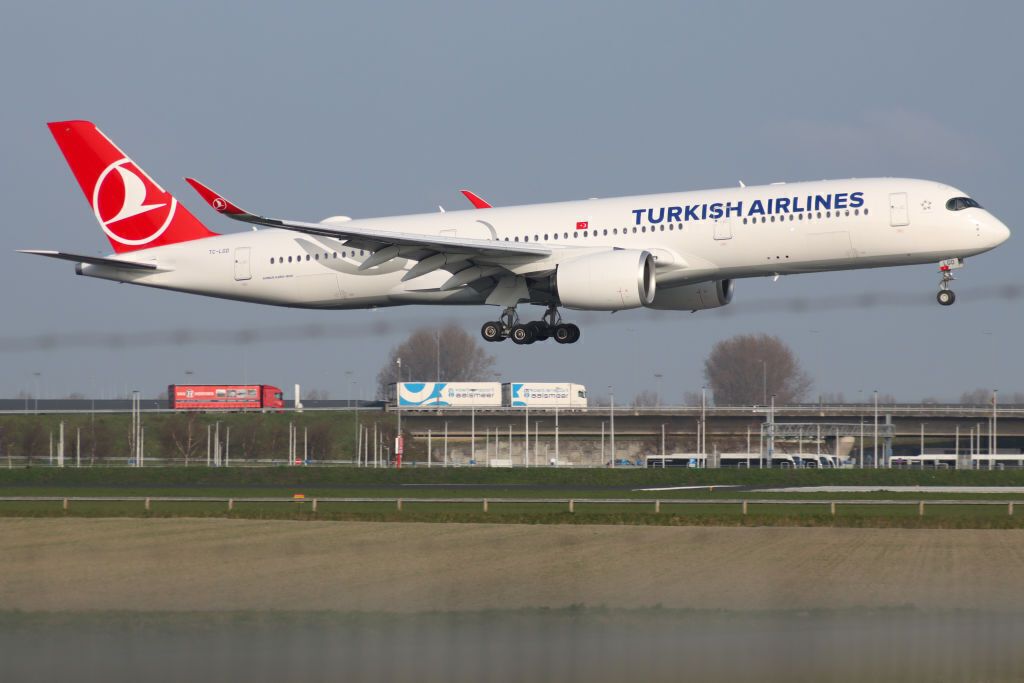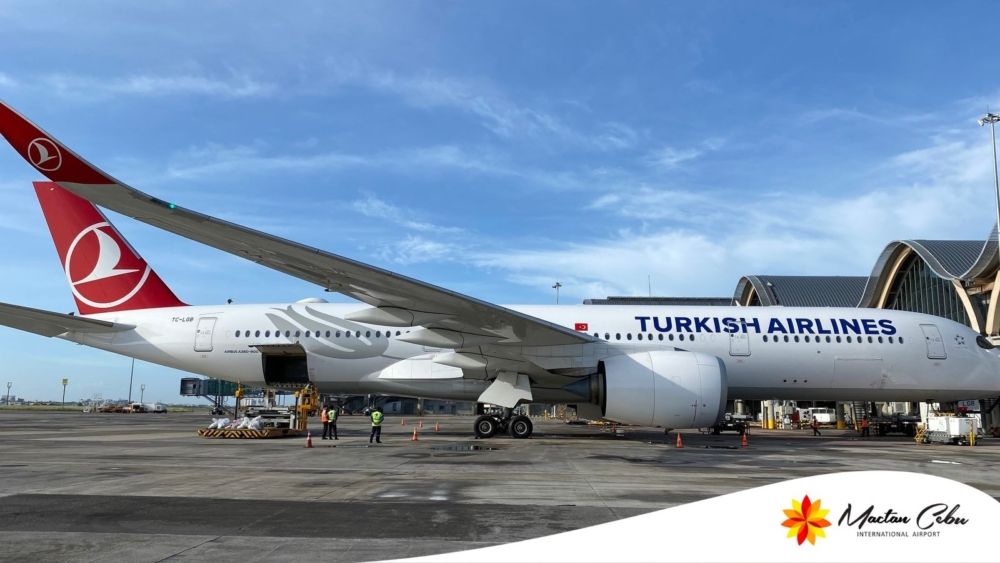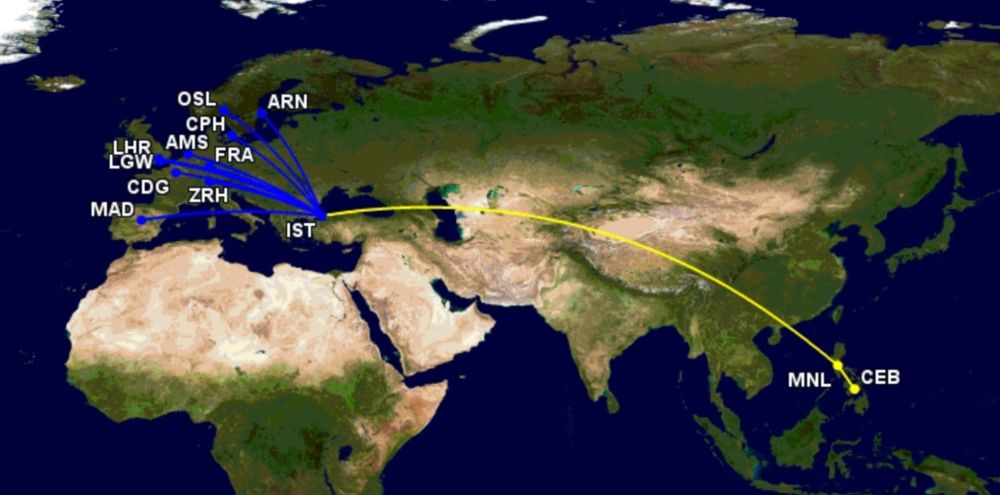Europe is now connected to Cebu, with Turkish Airlines serving the Philippine city on a one-stop, same-plane through service. The direct route operates from Istanbul Airport (on the European side of the Bosporus) to Cebu via Manila. It comes almost six years after Turkish Airlines added Manila to its network.
What's happening?
Earlier this month, Turkish Airlines inaugurated Cebu. For obvious reasons, Asia hasn't seen much development by the carrier or most others since the pandemic struck. And in December 2021, the Philippines suffered Typhoon Odette, with Cebu one of the most badly affected areas.
Operating outbound on Mondays, Thursdays, and Saturdays, and inbound on Mondays, Wednesdays, and Saturdays, the 6,035-mile (9,712km) service is scheduled as follows (all times are local). It uses 329-seat A350-900s, with 32 business seats and 297 in economy. The type is also deployed to Europe in-between long-haul services.
- TK264: Istanbul-Manila; 21:15-13:30+1 the next day; Manila-Cebu: 15:05-16:25
- TK265: Cebu-Manila: 02:25-03:45; Manila-Istanbul: 05:25-13:25
As Manila-Cebu-Manila is domestic, there is no eighth freedom traffic right (known as cabotage) to carry passengers solely between them. However, operating via Manila means that Istanbul-Manila has risen from once-daily to 10-weekly, its highest ever frequency. Unusually, the extra flights to Europe operate during the day, supplementing its overnight offering.
Stay aware: Sign up for my weekly new routes newsletter.
Turkish Airlines will mainly target Europe
In 2019, Cebu saw approximately 230,000 round-trip passengers to/from Europe, booking data shows. The ten largest countries were the UK, Germany, Norway, Switzerland, France, Netherlands, Spain, Italy, Denmark, and Sweden.
The leading origins and destinations at airport level are shown in the map below. London Heathrow saw more passengers than any other. Still, the nature of demand (visiting friends and relatives and Filipino workers) meant the average one-way fare was just $295, excluding any fuel surcharge (kept by the airline) and government taxes. That is very little for such a long market.
Turkish Airlines will mainly target European demand. In 2019, more passengers flew via Hong Kong with Cathay Pacific than any other option, followed by Dubai with Emirates and with SilkAir (as it then was) via Singapore. Qatar Airways added Cebu in early 2020, returning after an absence of eight years. This coming summer, Emirates and Qatar Airways alone have two daily flights to Cebu.
Turkish Airlines to the Philippines
Turkish Airlines began Istanbul Atatürk to Manila on March 30th, 2015. The Philippine capital was one of 11 airports in Southeast and Northeast Asia served by the airline. Initially operated three-weekly by the A340-300, Manila didn't become once-daily until July 2017, suggesting bilateral difficulties.
In early 2020, the airline and the Philippine Government signed a memorandum of understanding to "reinforce and affirm the country’s position in the European, Mediterranean and other international markets being serviced by Turkish Airlines." It seems Cebu was a direct consequence of that accord.
OAG shows that Istanbul-Manila has seen multiple aircraft types in the last six years. The B777-300ER, Turkish Airlines' largest aircraft, has operated about six in every ten flights, followed by the A350-900, A340-300, B787-9, and (in distant last position) the A330.
What do you think of the new route? Let us know in the comments?



